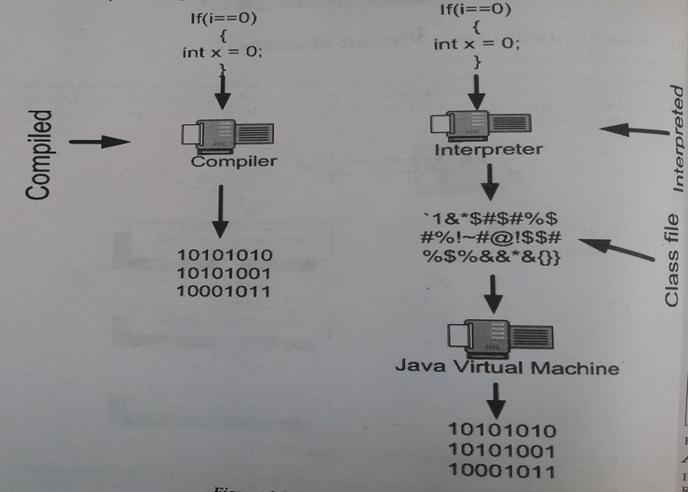Download, install and print helloworld in Eclipse on Windows(x86 and x64)
Please follow the below given steps to download and install eclipse to your windows machine.
Step 1: Open browser of your choice and got to the address "http://www.eclipse.org/" and click on download link.
Step 2: Click on 'Download Packages'.
Step 3 : Click on 32 bit/64 bit link according to your machine from 'Eclipse IDE for Java EE Developrs'. Make sure that 'Windows' is selected in drop down.
Note: If you have installed java 32 bit install 32 bit eclipse and if you have installed java 64 bit install 64 bit eclipse to avoid any error.
Step 4 : Click on 'Download' button to download eclipse or you can 'Select Another Mirror' to download it from another mirror which is near to your location.
Note: Once downloading starts, you will see "Thank you for downloading Eclipse" Page.
Step 1: Open browser of your choice and got to the address "http://www.eclipse.org/" and click on download link.
Step 2: Click on 'Download Packages'.
Step 3 : Click on 32 bit/64 bit link according to your machine from 'Eclipse IDE for Java EE Developrs'. Make sure that 'Windows' is selected in drop down.
Note: If you have installed java 32 bit install 32 bit eclipse and if you have installed java 64 bit install 64 bit eclipse to avoid any error.
Step 4 : Click on 'Download' button to download eclipse or you can 'Select Another Mirror' to download it from another mirror which is near to your location.
Note: Once downloading starts, you will see "Thank you for downloading Eclipse" Page.
Step 5: Extract eclipse from zip.
Step 6: Double Click on eclipse.exe or to create shortcut on desktop right click on eclipse.exe, click on send to then click Desktop(create shortcut).
Step 7: Click on "Run".
Note: This will start the eclipse
Step 8 : Create Workspace by clicking on "Browse..." button or keep it as default.
Step 9: Welcome page will appear, close it by clicking on cross button as highlighted in the screenshot.
Step 10: Open Java perspective.
Step 11: Create Java Project by following, File > New > Java Project
Step 12: Write project name(ex: My Java Project) and click on finish.
Step 13: Create Package by right clicking on src then follow, src > New > Package
Step 14: Write package name and click on "Finish"
Step 15: Create Class by right clicking on package(ex: com.allaboutautomationtest) > New > Class
Step 16 : Write class name, ex: HelloWorld and click on "Finish" button.
Step 17 : A class will be created eg, HelloWorld, create main method and print Hello World!, to execute program click on Play button or press CTRL+F11.





















Comments
Post a Comment